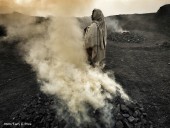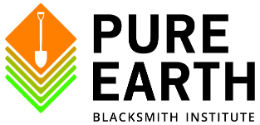Site Assessments
Introduction
The 2010 World’s Worst Pollution Problems Report highlights six of the most dangerous and prevalent toxic pollutants. This list was generated from research conducted as part of Blacksmith Institute’s ongoing efforts to identify and assess a significant portion of the polluted sites in low- and middle income countries. To date, sites have been assessed in over 40 countries. An estimated 56 million people face potential health risks from these sites, a number that increases daily as new sites are identified and evaluated.
Context
While polluted sites in high-income countries are generally well researched and mapped, less documentation has taken place in low- and middle-income countries. This information gap has made it difficult for the international community to engage in targeted remediation efforts to reduce risks to human health. To address this problem, the Blacksmith Institute has partnered with Green Cross Switzerland and several multilateral organizations to conduct a survey of polluted sites in those countries that could benefit most from increased monitoring and site evaluation.
Objectives
Blacksmith Institute aims to document sites in low- and middle-income countries where pollution levels exceed international standards and pose a risk to human health. Field investigators identify sites of concern, describe the primary pollutant(s) at the site, analyze the pathway from the pollution source to humans, quantify the potential number of people at risk, measure the concentration of the pollutant(s) at the site, and rate the potential severity of the exposure.
Methodology
Blacksmith Institute’s assessment work relies on the research of over 160 field investigators, 15 regional coordinators, and a team of in-house technical experts and researchers who review field reports for quality and accuracy. Sites are identified by investigators and coordinators, partner organizations, media outlets, and by anonymous suggestion. Once a polluted site is identified, a field investigator conducts a site visit, takes environmental samples for laboratory analysis, and submits an Initial Site Assessment report





